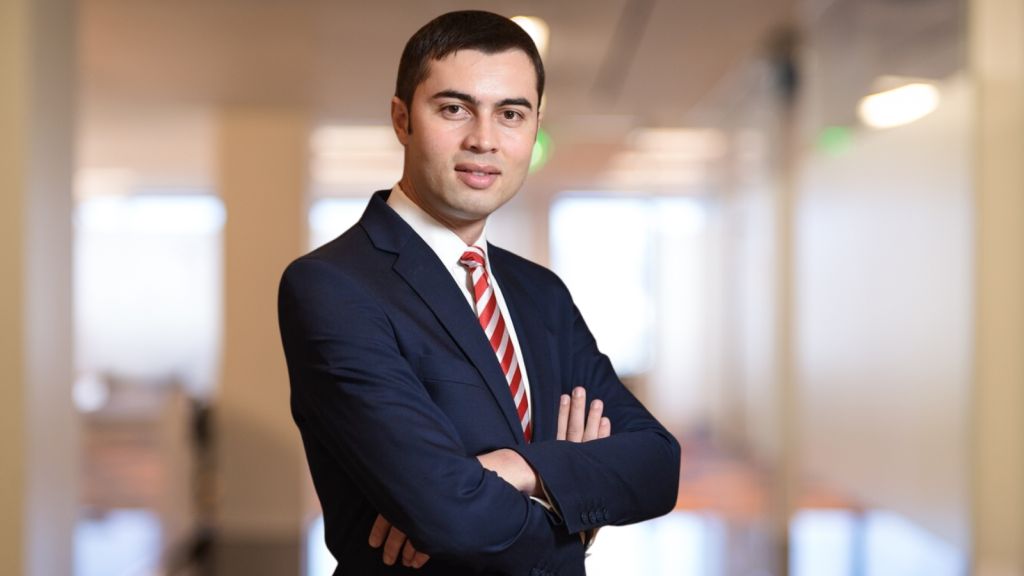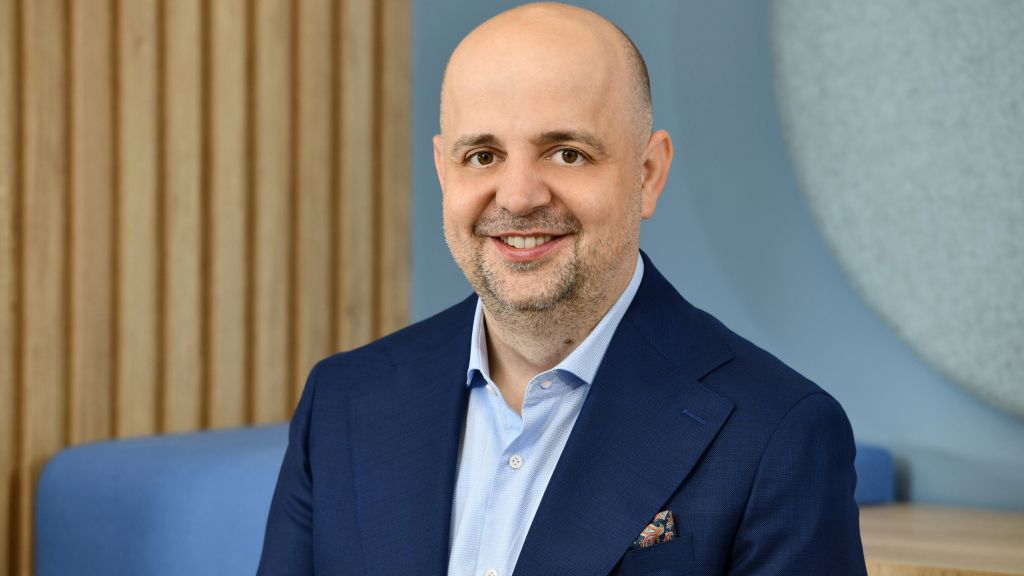This is based on the fact that infrastructure has access to different sources of funding compared with other construction investments including state budget funding, EU funding for the EU 2012-2020 programming period and funding under a concession or PPP framework, whereby the first successful projects are still expected.
Forecast year on year change – construction of roads and bridges, airports
The infrastructure sector is forecast to increase 1.8% (BMI, Q4 2014) year on year in 2014. This is below the 2.2% GDP forecast for Romania for 2014 (source: IMF, April 2014 reading).
Components of transport infrastructure
As of Q4 2014, roads and bridges sector continues to be the most important transport infrastructure area (85%), followed by water infrastructure (12%) and rail (3%), with the airports investments lagging behind.
Roads and bridges
This is the largest and fastest growing local infrastructure sector. Yet, 2014 has been a rather slow year. In addition to the fact that different authorities govern the procurement of construction contracts for national roads and bridges (i.e. the Department for Infrastructure, Foreign Investments and Exports Promotion – DPIISPex – controls the National Company for National Roads and Motorways that administers all national roads, highways and expressways, while AMPOST administers road projects with European financing), several authority leadership changes have also taken place during year 2014.
Zero motorway km have entered into service during the first nine months of year 2014, with plans to commission 60 km by the end of the year. The motorway network now extends to circa 634 km under exploitation. Circa 100 km entered into service during late 2013. Compared with the country’s area of 238 thousand square km, Romania could not significantly improve its European ranking and remains a country with one of the lowest motorway densities per thousand sq. km in Europe, but also with potential judging from the existing local needs and the approved TEN-T network, integrating the country in the wider European transport network.
In addition to international traffic, the current motorway infrastructure supports an estimated locally registered fleet of 5 million vehicles, which translates into a density of one vehicle per four persons. One important driver for the motorway network increase is the need to connect the Romania’s strong manufacturing base with the countries of export. There are several economy sectors that would benefit from better road connection and lower transport cost. To mention an example, Romania’s vehicle production is estimated during 2014 at 441 thousand vehicles (BMI), with 80% of local production translated into exports. Vehicle manufacturing is also linked with the development of a strong automotive systems manufacturing base.
In an effort to close the funding gap between the public budget resources and the infrastructure construction needs, authorities have launched different procedures looking to share different risks with the private sector whenever the latter is in a better position to manage them, as follows:
- Public Private Partnership (PPP) for the Design, Construction, Financing, Operation and Maintenance (DBFOM) contract for a 58 km green-field motorway, i.e. the Comarnic-Brasov. This is the most advanced project and the tender has been awarded to the Vinci, Strabag, Aktor consortium during December 2013. As of mid-September 2014, the concession agreement has not been signed. The other consortia that had prequalified for the tender in February 2013 have been China Communication Construction, Spedition UMB Tehnostrade and Impregilo-Salini.
- DBFOM for a 121 km green-field express way or motorway, i.e. Craiova-Pitesti, linking two strong car manufacturing plants, i.e. the Ford-Craiova platform and Dacia-Pitesti. The consortia that qualified for the tender are:
1. Vinci (France), Aktor (Greece), Strabag (Austria)
2. China Communication Construction Company (China), Dogus (Turkey), Egis (France)
3. Obrascon Huarte, OHL (Spain)
4. Spedition UMB, Vectra Service (Romania)
5. Impregilo, Salini (Italy).
- DBFOM for the a greenfield motorway, i.e. the 48 km Bucharest South Ring Road and the rehabilitation, operation, financing and maintenance of the A1 Pitesti-Bucharest and A2 Bucharest-Constanta motorway. The preselected bidder consortia are:
1. Strabag (Austria), Vinci (France), Aktor (Greece)
2. Astaldi (Italy), Euro Construct Trading 98 (Romania)
3. Spedition UMB, Tehnostrade (Romania)
4. Impregilo, Salini (Italy).
- Performance-based Management and Maintenance of Roads (PMMR) for rehabilitation and maintenance of county roads under the authority of a city council.
Planned construction projects to be carried on via public procurement unless other news become available are:
1. A3: Campia Turzii – Targu-Mures, 53 km, planned for 2015
2. A3 Suplacu de Barcau-Bors, 64 km, planned for 2016
3. A3 Gilau – Suplacu de Barcau, 100 km, planned for 2016 -2017
4. A3 Ploiesti –Comarnic, 106.6 km, planned for 2018
5. A3 Brasov- Targu Mures, 161 km, planned for 2018 (this is a segment of the Transilvania Motorway. No constructor has been selected, following the Bechtel contract cancellation).
6. A1 Pitesti-Sibiu, 116.6 km, planned for 2020 (feasibility study is under tender).
Sources: 130km.ro, EY analysis, ZF Corporate 20Aug14, Vinci press release 20 Dec 13, EBRD
Railway construction
As per press releases on the general transport masterplan- yet to be approved - out of the EUR 6 billionfrom the European Commission, EUR 3.5 billion will be allocated to the railway infrastructure construction.
There is also a planned financial restructuring for the National Railways Company that may include the supporting infrastructure, as well. With respect to the Bucharest metro infrastructure, metro line 5 is under construction with Astaldi selected as constructor, while several significant projects have been announced: metro line 6 between Gara de Nord and Henri Coanda airport, metro-line 7 - a potential PPP or concession between Bragadiru and Voluntari and metro line 8. If they do progress, they would feed in additional growth for the sector.
Airports
The country is currently served by seventeen (sixteen international) airports. Bucharest, Timisoara and Constanta are under the Ministry of Transport authority and the remainder regional ones are controlled by local city councils. Romania’s largest airport, Henri Coanda registered 7.6 million passengers in 2013 (2014 data pending), placing the airport on the 57th place in Europe in terms of passenger traffic.
EU membership and macro-developments should bring increased interest in the sector, yet major investments have not been announced to date, except for the following announced developments:
1. EUR 200 million for the Bucharest South International Airport: 255 hectares, estimated to handle both passenger and cargo traffic (BMI)
2. EUR 12 million for the Brasov-Ghimbav International Airport
3. Upgrades of the country’s main airport, but with more details to be announced (BMI)
4. Cargo developments at regional level, yet to be materialized.
Outlook
Worldwide infrastructure procurement is picking up, with a tendency towards larger and more complicated transactions. In Romania, government focus on infrastructure investments may translate into an improved country growth. However, with presidential elections pending November decisions and even some projects may be stalled until there is larger visibility.
A favorable macroeconomic context, value for money government infrastructure spending, increased interest from multilaterals, acceptable financing and demand risk and appropriate structuring for the announced projects could feed in a larger than expected growth. The question is if past lessons learnt could simultaneously trigger these prerequisites.





























